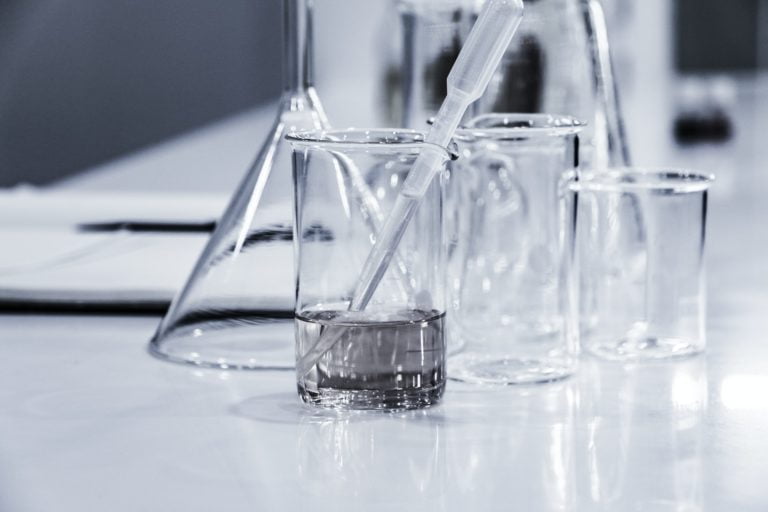Protein purification is the process of enriching and purifying one or more proteins from a complex biological mixture or a solution that contains several biomolecules. To understand proteins’ properties and functions, purifying them is the way to go. That being said, when choosing a purification method, you must factor in characteristics such as size, solubility, specific binding affinity, and charge of the sample of proteins. Moreover, by studying pure proteins, you’ll gain further knowledge about their biochemical processes and amino acid sequences. You’ll also be aware of the similarities between proteins found in diverse organisms.
Continue reading to discover some efficient protein purification techniques.
1. Protein Expression
Biochemists normally conduct an assay test to isolate the protein of interest from a complex mixture of proteins. However, recombinant technologies have revolutionized all aspects of protein production and purification. One such technology is recombinant protein expression — the biotechnological process of extracting a pure protein sample from a mixture of proteins using gene synthesis.
Also, bio-technicians predominantly use mammalian, insect, yeast, and bacterial expression systems. The thing about expression systems is that you have to consider the origin, type, and function of the protein and its applications. If you’ve had no prior experience in protein expression, the best thing is to let professionals handle the process for you.
Notable among biotech companies that offer protien purification services is Bio-Technical Resources (BTR). BTR specializes in protein expression services and boasts of several efficient microbial expression systems. Additionally, BTR has the expertise and capacity to help you identify and develop the most affordable and efficient production system for your protein of interest.
Presently, Bio-Technical Resources has five non-proprietary protein expression systems, including E. coli. BTR’s multiple microbial platform hosts have the potential to generate your protein of interest. If you don’t know which microbial expression hosts to choose, BTR’s phased Development Program will guide you in your selection. Thankfully, you can access all of BTR’s expression systems without paying a license fee.
2. Salting Out
This process is also known as salt-induced precipitation, drowning out, salt-fractionation, or precipitation crystallization. Salting out is used to fractionate proteins and concentrate dilute protein solutions. What’s more, salting out can be used to prevent protein denaturation.
Altogether, it’s a known method of purifying proteins based on the principle that salt compounds fractionate in aqueous solutions. However, the required salt concentration for protein to precipitate out of the aqueous solution varies from one kind to another. Besides, protein molecules don’t have the same compositions of amino acids.
3. Dialysis
Dialysis comes in handy when dealing with different sizes of proteins. Biochemists use dialysis to separate small unwanted molecules from larger macromolecules. It involves separating protein molecules through a semipermeable membrane based on their rates of diffusion.
The idea is that your protein molecules won’t be able to diffuse through the semipermeable membrane owing to their size. In comparison, small molecules like salts, dyes, and reducing agents will freely diffuse across the semipermeable membrane.
4. Affinity Chromatography
Studies show that affinity chromatography is a powerful and effective protein purification technique. Proteins have a high affinity for specific chemical groups. This purification method leverages a specific macromolecular binding interaction to isolate the protein of interest from the mixture.
Experts widely acclaim affinity chromatography for its high resolution of separation and selectivity. Besides, this technique doesn’t require you to know the protein’s molecular weight, hydrophobicity, charge, or physical properties. Altogether, it’s effective in purifying the protein from a mixture of cell-free extracts.
5. Ion-Exchange Chromatography
Ion-exchange chromatography is used to separate proteins based on their net charge. This technique works efficiently on charged protein macromolecules. You can opt for either the cation-exchange (for positively charged molecule) or anion-exchange (for negatively charged molecule).
Ion-exchange chromatography involves only one interaction during the separation. Before initiating the process, you need to calibrate the stationary phase to meet the procedure’s requirements. After that, proceed to choose a buffer for the protein of interest to bound to during the process.






